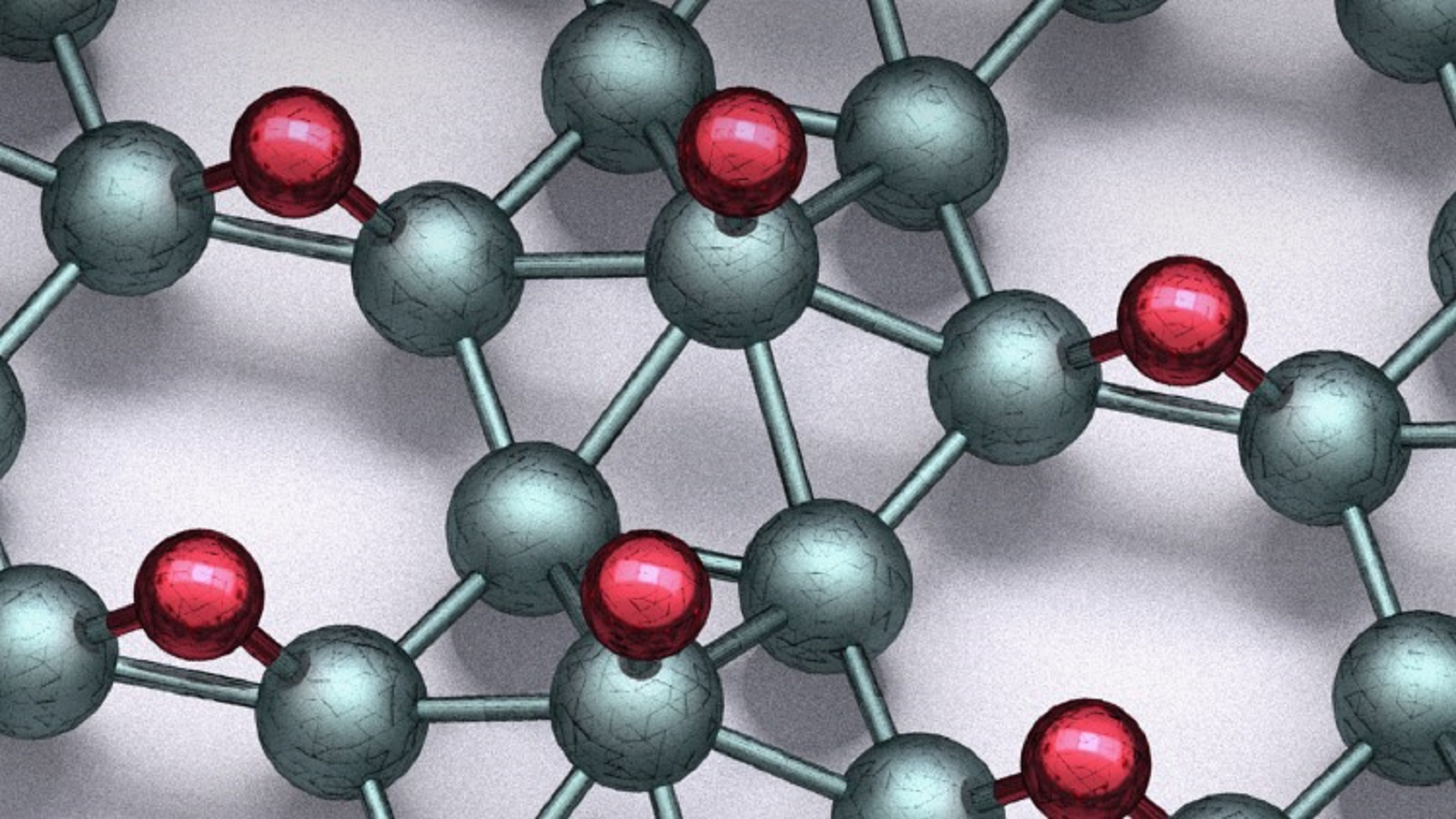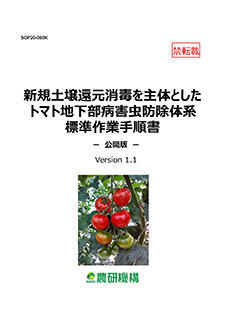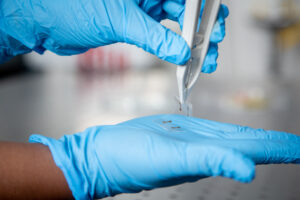(Less than a nanometer thick, stronger and more versatile than steel)
2021/4/5 アメリカ合衆国・アルゴンヌ国立研究所(ANL)

・ ANL、ノースウェスタン大学およびフロリダ大学が、ホウ素原子と水素原子から構成される原子薄シートの 2D 材料であるボロファン(borophane)に関するブレイクスルーを報告。
・ 材料科学分野における近年の画期的な発見の一つには、原子 1 個の薄さで鋼鉄の 200 倍の強度を有するグラフェン(炭素の 2D シート)がある。これと同様に有望な新材料、ホウ素(boron)の原子薄シートであるボロフェン(borophene)は、米国エネルギー省(DOE)科学局のユーザー施設である ANL Center for Nanoscale Materials の研究者を含む複数機関で構成される研究チームが、2015 年に初めて合成した。
・ ボロフェンにはグラフェンのグラファイトに相当する親構造が無く、製造が極めて困難な上、空気との反応が速く安定性に欠け、形状が変化しやすい。このようなボロフェンに水素を加えることで、安定性が飛躍的に向上し、ナノエレクトロニクスや量子情報技術のアプリケーションに適した材料となる。
・ ボロファンは、銀基板にボロフェンを成長させ、水素に晒すことで形成する。原子 2 個の薄さであるが、ホウ素原子と水素原子の配置が多岐にわたるため、その構造は極めて複雑となる。
・ 走査型トンネル顕微鏡(STM)による画像と、構造の理論シミュレーションを実験計測と比較するコンピュータービジョンベースのアルゴリムズを通じ、その複雑な原子構造の解明に成功。この自動的な分析技術は、今後他の複雑なナノ構造の解明に役立てられる。
・ 安定したボロファンは、光と電気によるオプトエレクトロニクスデバイスの開発において他の材料との統合が容易となる。オプトエレクトロニクスデバイスは、テレコミュニケーションや医療器具等での活用が期待される。今回の成果は、ナノエレクトロニクスに向けた 2D 材料としてのボロファンの驚異的な可能性を実現する重要なステップと考える。
・ 米国海軍研究局(ONR)、米国立科学財団(NSF)、DOE の基礎エネルギー科学局(BES)および ANLの Laboratory Directed Research and Development(LDRD)プログラム資金が本研究を支援した。
URL: https://www.anl.gov/article/less-than-a-nanometer-thick-stronger-and-more-versatile-thansteel
<NEDO海外技術情報より>
(関連情報)
Science 掲載論文(アブストラクトのみ:全文は有料)
Synthesis of borophane polymorphs through hydrogenation of borophene
URL: https://science.sciencemag.org/content/371/6534/1143
Abstract
Synthetic two-dimensional polymorphs of boron, or borophene, have attracted attention because of their anisotropic metallicity, correlated-electron phenomena, and diverse superlattice structures. Although borophene heterostructures have been realized, ordered chemical modification of borophene has not yet been reported. Here, we synthesize “borophane” polymorphs by hydrogenating borophene with atomic hydrogen in ultrahigh vacuum. Through atomic-scale imaging, spectroscopy, and first-principles calculations, the most prevalent borophane polymorph is shown to possess a combination of two-center–two-electron boron-hydrogen and three-center–two-electron boron-hydrogen-boron bonds. Borophane polymorphs are metallic with modified local work functions and can be reversibly returned to pristine borophene through thermal desorption of hydrogen. Hydrogenation also provides chemical passivation because borophane reduces oxidation rates by more than two orders of magnitude after ambient exposure.



